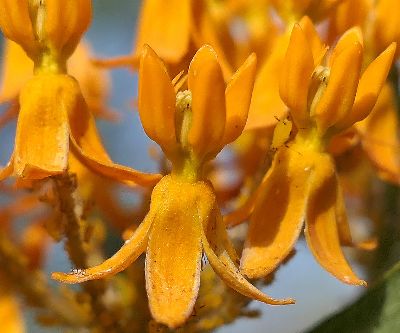
Asclepias tuberosa (orange milkweed)

Torilis arvensis (spreading hedgeparsley)
| The standard common name for this plant might sound unfamiliar, as we tend to call it "beggar's ticks" because of the stick-tight seeds (the reddish structures just barely visible under the flowers). That name, though, refers to a number of other unrelated plants that also happen to have annoying seed dispersal strategies. |
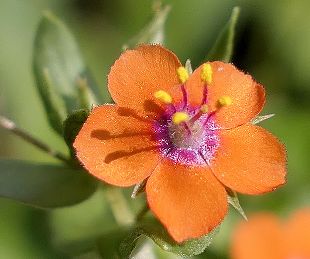
Anagallis arvensis (scarlet pimpernel)
| By coincidence, both of the above two species are named "arvensis" which is a Latin adjective meaning "from the field, meadow or grassland." |
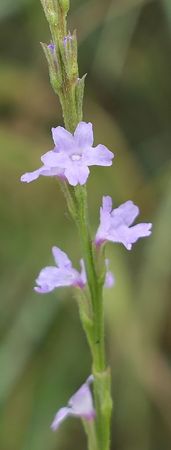
Verbena halei (Texas vervain)

Rumex pulcher (fiddle dock)

Krameria lanceolata (ratany)
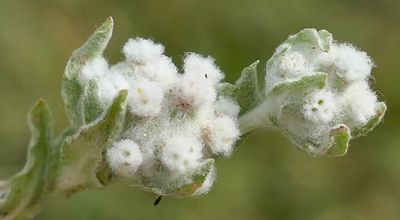
Diaperia verna (spring pygmycudweed)

Melampodium leucanthum (blackfoot daisy)

Engelmannia peristenia (Engelmann daisy)
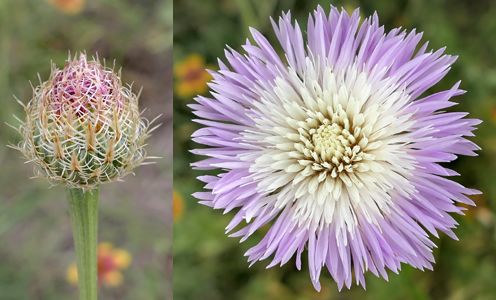
Plectocephalus americanus (American basket-flower)
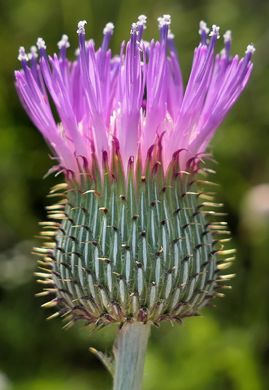
Cirsium texanum (Texas thistle)
| All five of the above plants are in the family Asteraceae, which are also called composites, because what often looks like a single blossom is actually a pseudanthium consisting of a dense cluster of individual flowers. The number of species in this taxon is rivaled only by the orchid family, and their appearance ranges from the easily recognized daisies to the more enigmatic cudweed. |
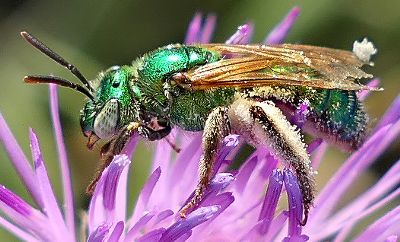
Agapostemon sp. (green sweat bee)
| There are four genera of metallic green halictid bees in our area. Clues to separating them can include such details as eye color, tegula (base of wing) and propodeum (back part of thorax) characters, length of hind tibiae and overall size. It's not easy! |
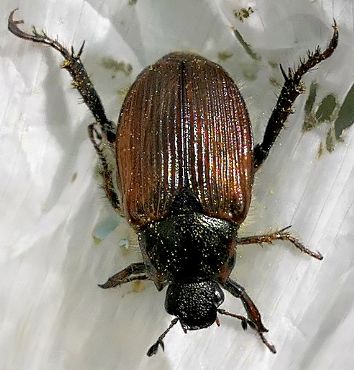
Strigoderma arbicola (sand chafer)

Scymnus sp. (lady beetle larva & aphids)
| Many lady beetle larvae are black and orange, but these are covered with white waxy filaments that offer protection from attacks by ants which sometimes defend the honeydew-producing aphids. |

Monoxia sordida (leaf beetle)
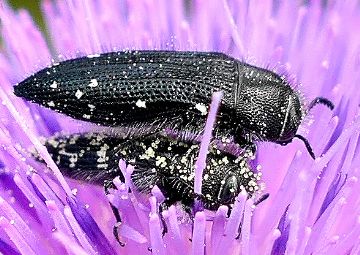
Acmaeodera ornatoides (metallic woodborers)

Colecerus marmoratus (weevil)

Compsus auricephalus (golden-headed weevil)

Epiblema abruptana (leafroller moth)
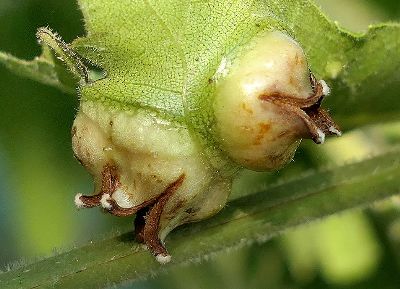
Phylloxera russellae (southern pecan leaf phylloxera galls)
| Created by tiny insects similar to aphids, these galls are differentiated from a closely related species by the presence of dense white hairs at the openings. |

Bruggmanniella bumeliae (stem galls with exit holes & exuviae)
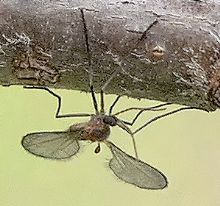
Bruggmanniella bumeliae (gall midge)
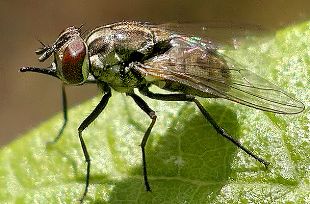
Stomoxys calcitrans (stable fly)
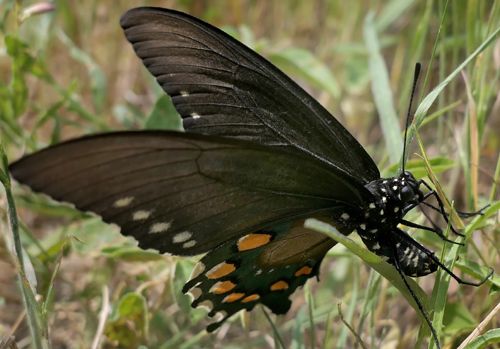
Battus philenor (pipevine swallowtail ovipositing)
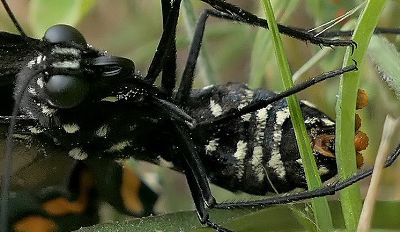
Battus philenor (pipevine swallowtail ovipositing)
| Although it looks like this swallowtail is laying her eggs on grass, it is actually Swan Flower, a locally common species of pipevine. Butterflies can sense the chemical signature of a plant through their feet. |

![]()